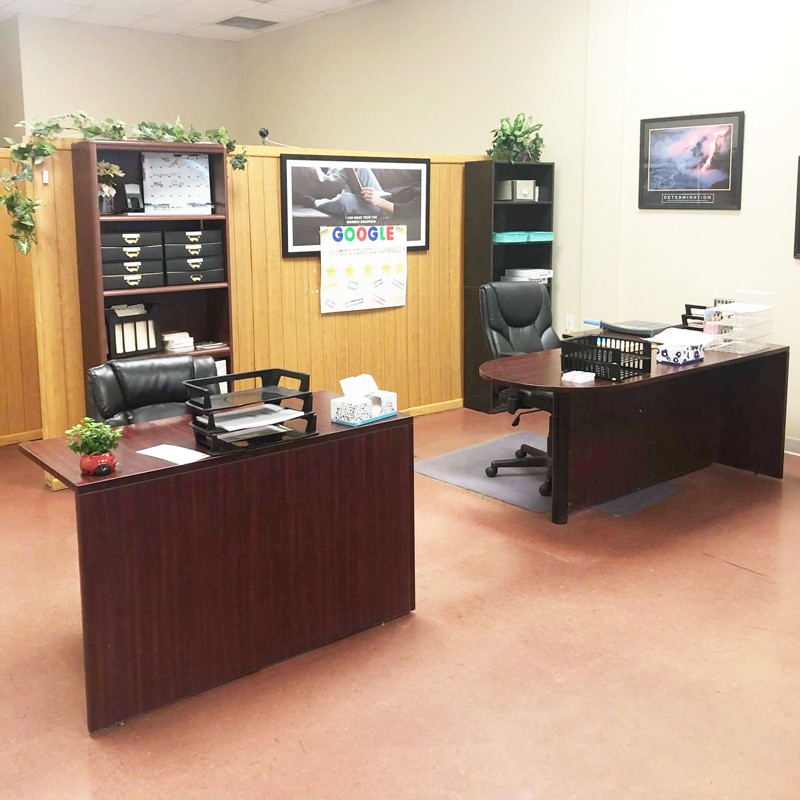When you take out a cash advance, interest begins accumulating immediately because there is no grace period on these transactions. Interest is charged not only on the amount of the cash advance but also on the fees related to the cash advance.
An analysis of the credit cards in our database found the average APR on a cash advance is around 25%. This is significantly higher than the minimum purchase APR which averages between % and %. To get an idea of how much a 25% APR will cost, we calculated the interest on a $1,500 cash advance that was taken out on the first day of the billing cycle. The upfront fee of the cash advance is $75 ($1,500 x 5%), which increases the balance to $1,575.
For the first month, the interest owed on the cash advance is $33. When that interest is added to the balance, the amount of interest charged continues to increase over time. Extending that over six months gets us:
The answer depends on your bank and your FICO credit score. With a higher FICO Score, banks tend to make more of your credit limit available for a cash advance. You will never be able to take out a cash advance for an amount greater than your credit limit less the cash advance fee. Most banks take it a step further and set a separate cash credit limit, which can be just a fraction of your overall credit limit.
How to get a cash advance from a credit card
If you’ve decided that a cash advance is the right move for you, there are three primary methods to obtain cash from your credit card. The three methods are ATM withdrawal, from a bank teller or by a cash advance check from your card issuer:
By ATM
To withdraw money using your credit card at an ATM, you need to have a PIN set up with your card issuer. If you didn’t set a PIN  when opening your account, call your credit card company’s customer service phone number. You may then withdraw money from any ATM, like you would with a debit card.
when opening your account, call your credit card company’s customer service phone number. You may then withdraw money from any ATM, like you would with a debit card.
Here are the customer services phone numbers to some of the major credit issuers in the United States. You can call these numbers to request a PIN to be assigned to your credit card.
Through a bank teller
Some credit cards allow cash advances by walking into a branch and speaking with a teller. Typically, you must visit a branch from the same bank that issues your card.
Certain card issuers, such as U.S. Bank, charge less money for a cash advance when using this method. By being in person, the bank can verify your identity before processing the transaction, which reduces the risk of fraud and results in lower fees.
By check
Credit card companies frequently mail convenience checks to cardholders. These checks can be used like ordinary checks linked to a checking account. People often use convenience checks to pay a bill, deposit into a bank account or transfer a balance.
Some convenience checks include a promotional offer – such as 0% APR for a certain period of time – that can save money versus a traditional cash advance. If you haven’t received these offers, call your bank to ask if you qualify for any promotions.
What to watch out for in the terms and conditions
Before performing a credit card cash advance, it is helpful to read the terms and conditions of your card to understand the interest rates, fees and other important factors that apply. While you should have received a booklet with the card’s terms and conditions when it first arrived, like most of us, you probably didn’t read it thoroughly. Even if you did, the terms and conditions are most likely outdated by now.
